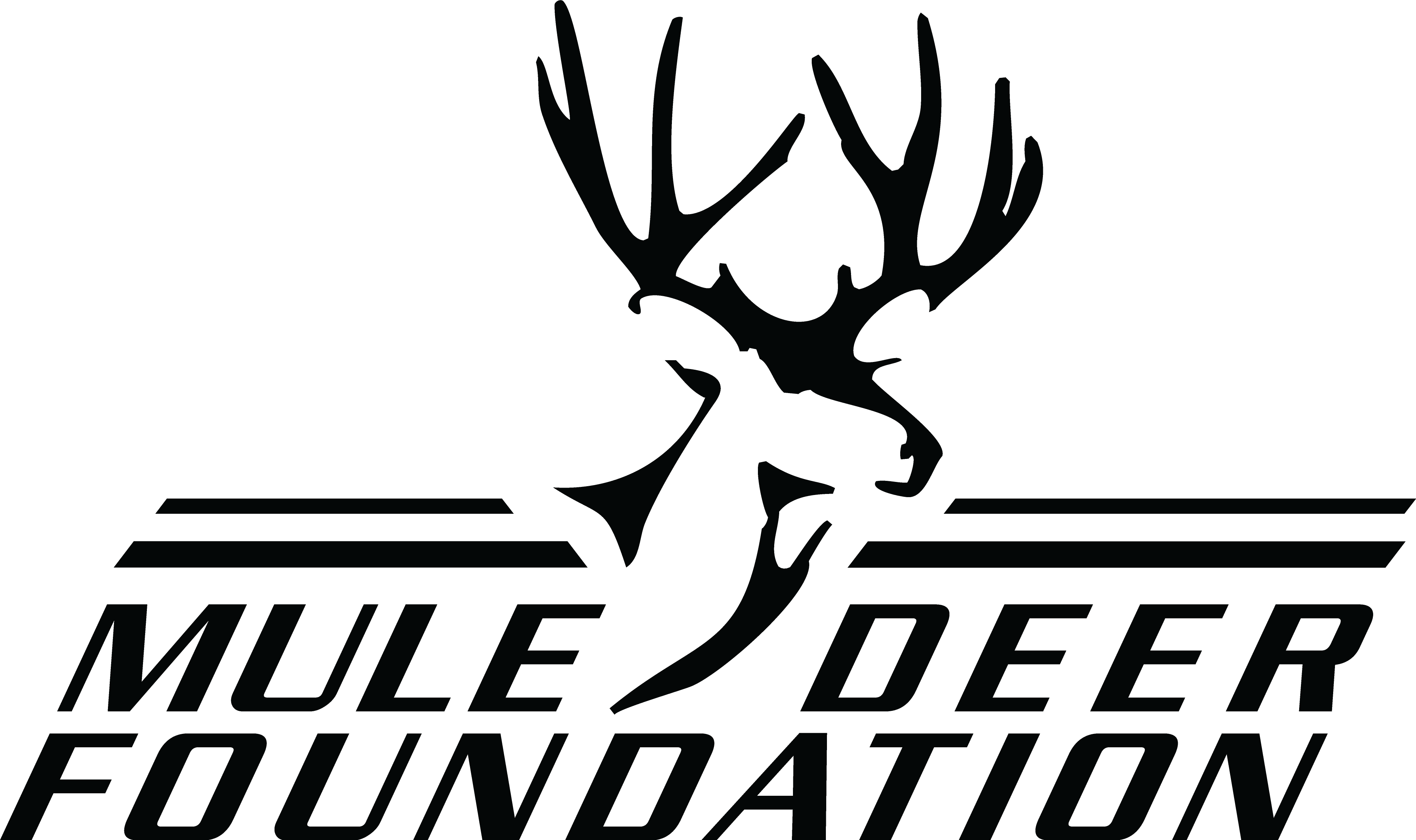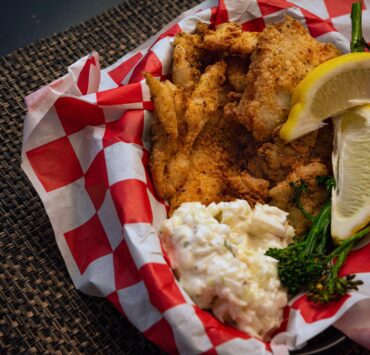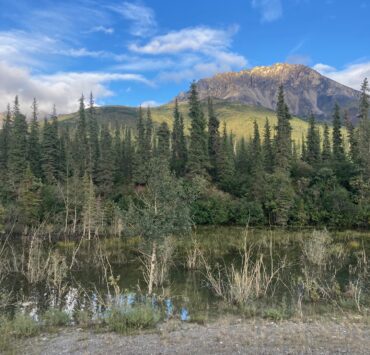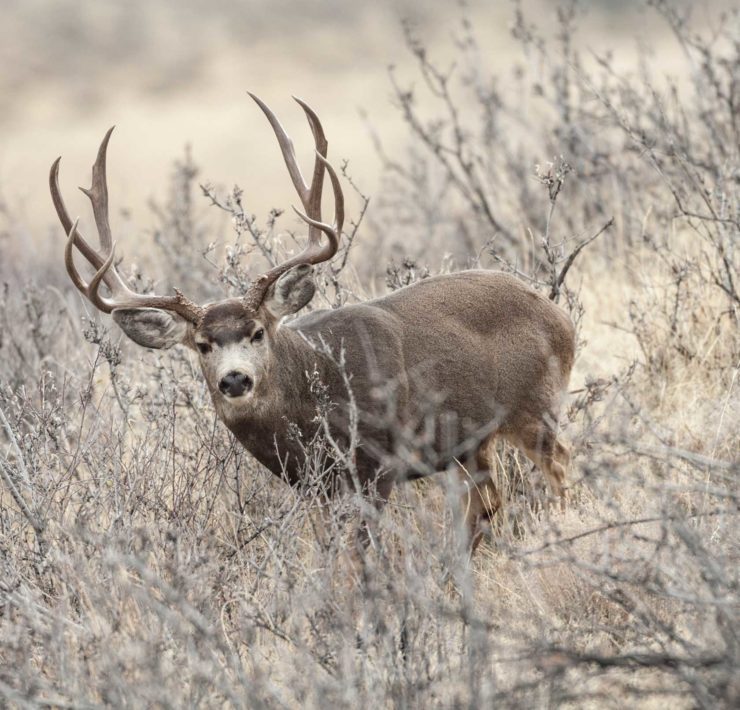Winter Habitat Update from the field
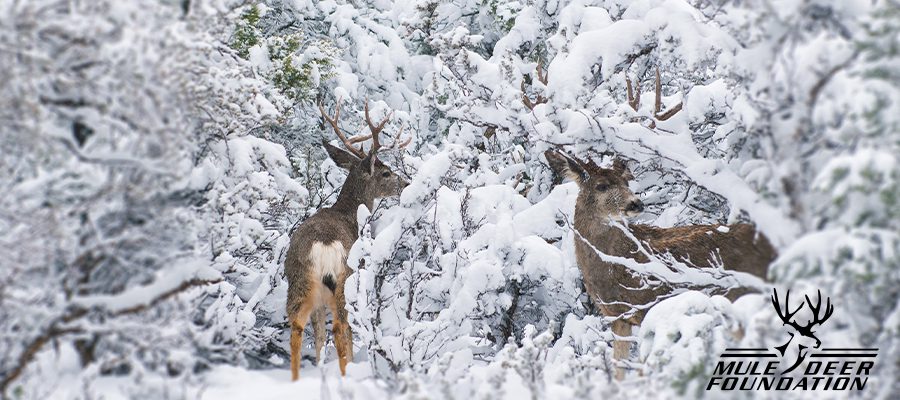
Great News Hunters!
The winter weather is looking incredible for a big game outing this fall. According to our partners, foresters, and biologists in the field who have been watching the snowpack, the west looks pretty good for our 2025 hunting season.
Water levels:
While March and April can still be ripe for snow, the snowpack level on the mountains across the western range looks excellent as of mid-March.
What’s a Snowpack?
Snowpack is the amount of snow accumulated in the mountains. This data can help predict the wetness of spring and how the lowlands and sage flats will react to the water levels. Therefore, by understanding the snowpack levels and how they will water the west, we can predict what the fawning season will look like for deer, how the summer grazing season will go, and the health of our deer herds when September and October roll around.
Our folks in the field have been monitoring the snow for years, and based on current trends, here’s how we look across the country:
Northern Rockies:
The Northern Rockies are looking incredible this year. There is not too much snow, but not too little. If these trends continue through the end of April, we may have the best summer of grazing moisture that we have seen in the last five years. We had a very wet fall in 2024 through late November and December that was immediately covered by the winter snows, which are primed to refresh the soil and prep the habitat for grazing and fawning.
While January was dry and cold, snowfall picked up in February and early March. If this pattern continues, we could have a great spring and summer grazing season.
Central Rockies:
Colorado, Wyoming, Southern Idaho, and Utah are in an interesting pattern. They are a central point between the Southwest, a little worse off than usual, and the upper Rockies, which are doing phenomenally. Last year, this section of the country had record-breaking drought levels, so it would be devastating if this year was another dry year.
Wyoming is looking very good overall. After a long, rough fire season in 2024, the water levels are looking good at the time of writing.
While the weather in this region isn’t as wonderful as in western Montana or Oregon, it is not nearly as bad as it looked at this time last year. Southern and western Utah mirror the Southwest and are very dry, but in northern Utah, the snowpack is good and stands to get a lot better with a good wet April. Even with a crazy good spring, however, it would be very hard for this region to come out of an official drought status.
Colorado is very similar to Utah, where each section of the state mirrors the adjacent states. While the northern part of the state looks amazing, the Four Corners area is very dry. However, in 2024, the Four Corners area was doing very well for moisture, so a slightly dryer year will not be the worst thing in the world.
Southwest:
The Gila Basin in Arizona recently received some snow, but overall, this region is a bit dryer than in years past. We are not talking exceptional drought or anything extreme at this point, but the region is a little dryer than it was last year. There is no need for alarm yet, but it is something to watch this summer.
With a wet spring, this region can bounce back from being down and end up in good shape for summer grazing.
Northern California, however, is having a very healthy winter. The upper Klamath River is having a particularly good year. But as you move into southern California and Nevada, the moisture levels are in a period of extreme or even exceptional drought like the rest of the Southwest.
PNW:
Oregon is blanketed in snow at the time of this writing. Even with a dryer in March and April, the PNW is really good for vegetation. Unlike the northern Rockies, this area had a very dry fall in 2024, so with a bad winter, this could have been devastating. Oregon has prime moisture levels for deer, moving from a dry 2024 into a very healthy situation in the Spring and Summer of 2025.
Washington’s weather isn’t as ideal as Oregon’s, but it is still very, very good for deer and deer management. Outside of Puget Sound, which is dryer than average, the rest of the state is doing well.
Great Work, Conservation Team!
As always, good luck this winter, and remember to send any successful pictures or stories from the field to [email protected]. You could be featured on our website or in our magazine. If this article or any of our articles have helped you become a better hunter or conservation steward, consider becoming a member of the Mule Deer Foundation, the Blacktail Deer Foundation, or both. Click here to join: https://muledeer.org/product-category/membership/ or https://www.blacktaildeer.org/
Trevor Hubbs

Trevor is the Communications Manager and Editor for the Mule Deer Foundation and Blacktail Deer Foundation. He grew up hunting and fishing the Ozark Mountains for quail, ducks, and bucks. Now he ventures west to chase mule deer whenever he finds time.


